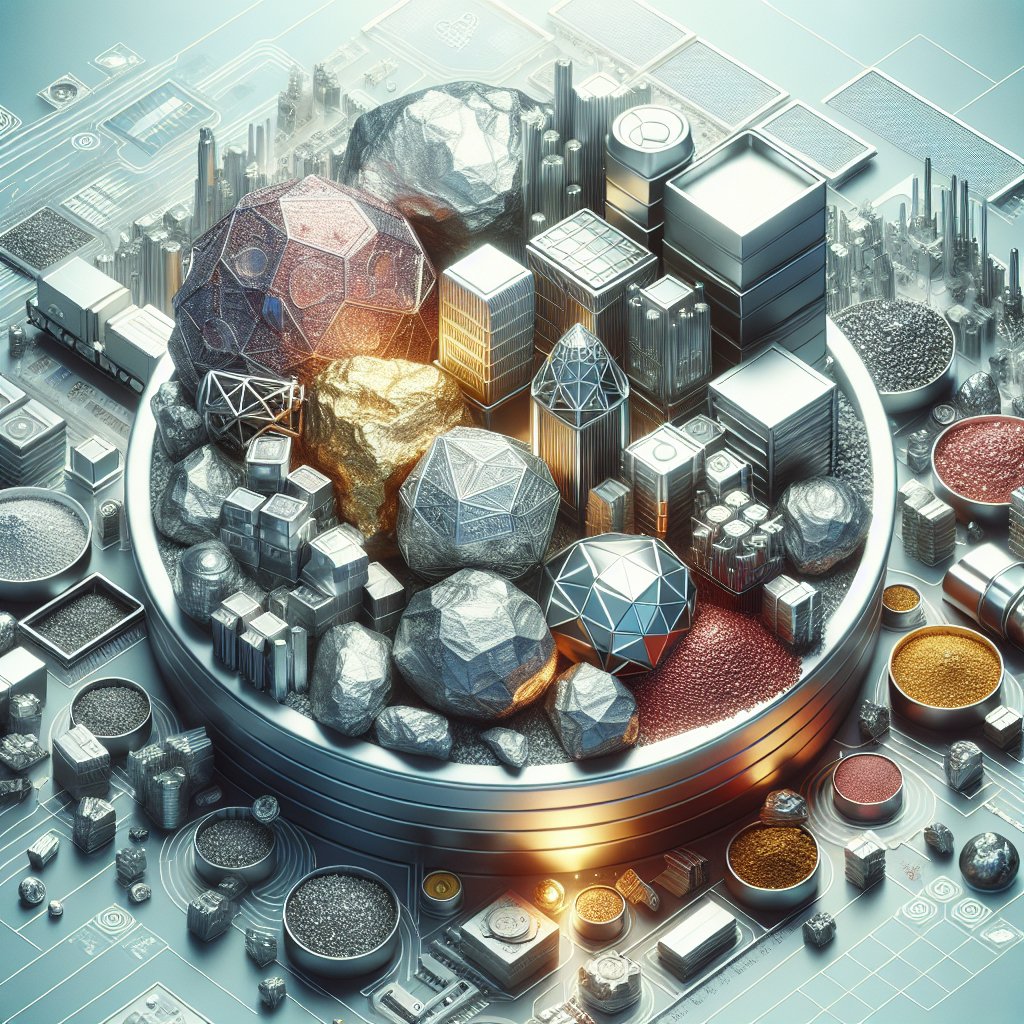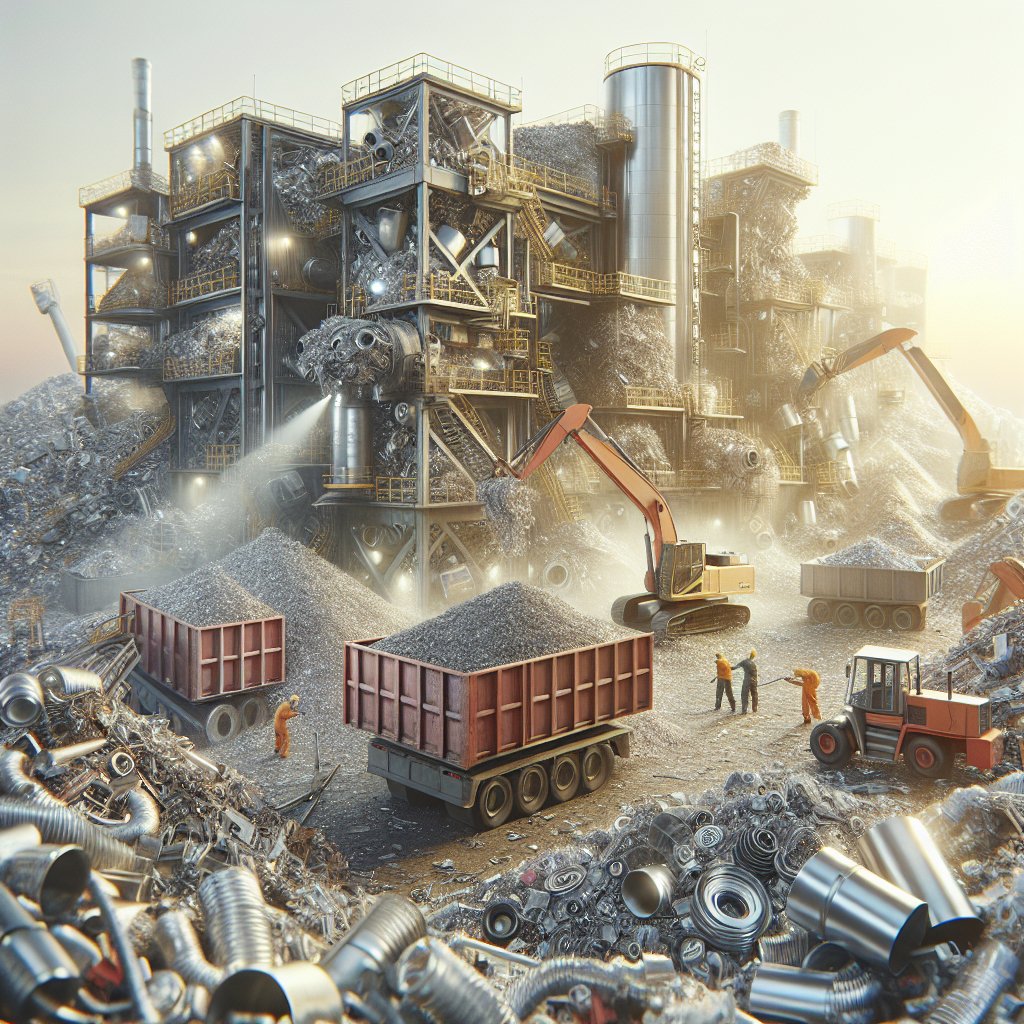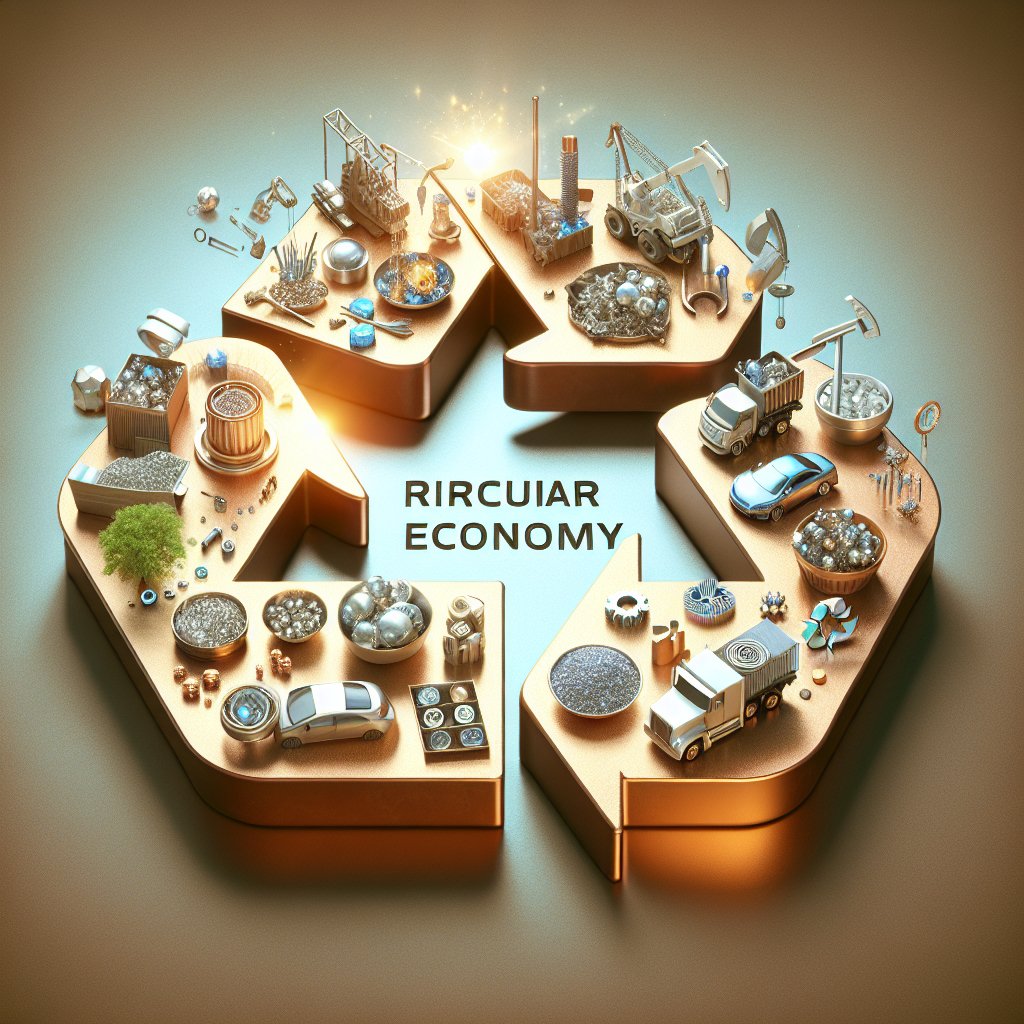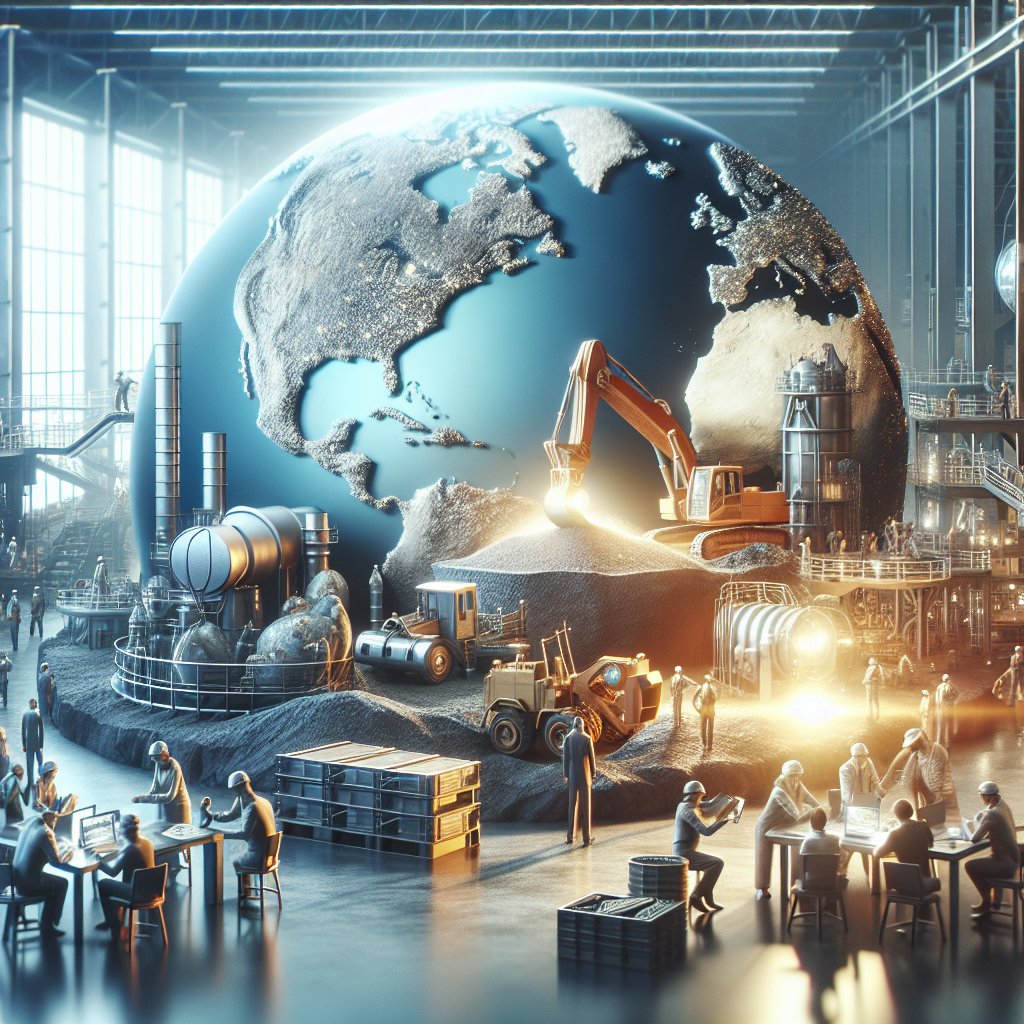Critical minerals, particularly rare metals, play an indispensable role in the advancement of green technology. As the world shifts towards sustainable energy solutions, the demand for these rare metals has surged, raising concerns about their supply and sustainability. This article delves into the significance of rare metals in green technology, the challenges associated with securing their supply, and potential strategies to ensure their availability for future innovations.
The Role of Rare Metals in Green Technology
Rare metals, including lithium, cobalt, and rare earth elements, are fundamental to the development and deployment of green technologies. These metals are integral components in the manufacturing of batteries, wind turbines, solar panels, and electric vehicles. For instance, lithium and cobalt are crucial for the production of lithium-ion batteries, which power electric vehicles and store renewable energy. Similarly, rare earth elements like neodymium and dysprosium are essential for the production of high-strength magnets used in wind turbines and electric motors.
The transition to green technology is driven by the urgent need to reduce carbon emissions and combat climate change. As countries worldwide commit to achieving net-zero emissions, the demand for renewable energy sources and electric vehicles is expected to rise exponentially. This, in turn, will lead to an increased demand for rare metals, which are vital for the efficient functioning of these technologies. Consequently, the availability and accessibility of these critical minerals have become a focal point for policymakers, industry leaders, and environmentalists alike.
Moreover, the unique properties of rare metals make them irreplaceable in many green technologies. Their high conductivity, magnetic strength, and resistance to corrosion are unmatched by other materials, making them indispensable for the development of efficient and durable green technologies. As a result, ensuring a stable supply of these metals is crucial for the continued advancement and adoption of sustainable energy solutions.
Challenges in Securing the Supply of Rare Metals
Despite their critical importance, the supply of rare metals faces several challenges that could hinder the growth of green technology. One of the primary challenges is the concentration of rare metal production in a few countries. For example, China dominates the global production of rare earth elements, accounting for over 80% of the world’s supply. This concentration poses a significant risk to the global supply chain, as geopolitical tensions or trade restrictions could disrupt the availability of these essential materials.
Additionally, the extraction and processing of rare metals are often associated with environmental and social concerns. Mining activities can lead to habitat destruction, water pollution, and the release of toxic substances, which can have detrimental effects on local ecosystems and communities. Furthermore, the labor conditions in some mining regions raise ethical concerns, with reports of child labor and unsafe working conditions. These issues highlight the need for sustainable and responsible sourcing practices to ensure that the demand for rare metals does not come at the expense of environmental and social well-being.
Another challenge is the finite nature of rare metal resources. As the demand for these metals continues to grow, there is a risk of depleting existing reserves, leading to increased competition and higher prices. This scarcity could hinder the widespread adoption of green technologies, as the cost of production may become prohibitive for many manufacturers and consumers. Therefore, it is imperative to explore alternative sources and develop innovative solutions to mitigate the risk of resource depletion.
Strategies for Ensuring a Sustainable Supply of Rare Metals
To address the challenges associated with the supply of rare metals, several strategies can be implemented to ensure their sustainable availability for green technology. One approach is to diversify the sources of rare metals by investing in exploration and development of new mining sites. This can help reduce the reliance on a few dominant producers and create a more resilient global supply chain. Additionally, countries can collaborate to establish strategic reserves of critical minerals, providing a buffer against potential supply disruptions.
Recycling and reusing rare metals is another effective strategy to secure their supply. By developing efficient recycling technologies, it is possible to recover valuable metals from end-of-life products, such as batteries and electronic devices. This not only reduces the demand for newly mined materials but also minimizes the environmental impact associated with mining activities. Governments and industries can incentivize recycling initiatives by implementing policies that promote the circular economy and support research and development in recycling technologies.
Furthermore, investing in research and innovation can lead to the discovery of alternative materials that can replace or reduce the reliance on rare metals in green technologies. For example, researchers are exploring the use of abundant and less expensive materials, such as sodium and magnesium, as potential substitutes for lithium in battery production. By diversifying the material base for green technologies, it is possible to alleviate the pressure on rare metal resources and ensure the sustainability of the green technology sector.
In conclusion, securing the supply of rare metals is crucial for the continued growth and success of green technology. By addressing the challenges associated with their supply and implementing sustainable strategies, it is possible to support the transition to a low-carbon economy and achieve global climate goals. As the demand for green technology continues to rise, the importance of critical minerals will only increase, making it imperative to prioritize their sustainable management and utilization.












